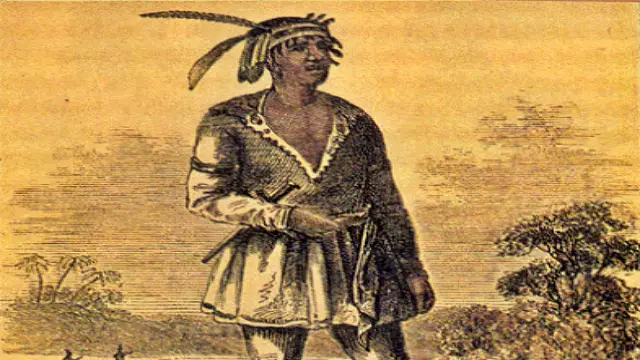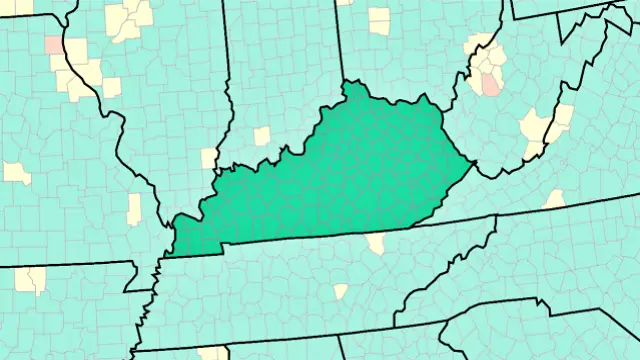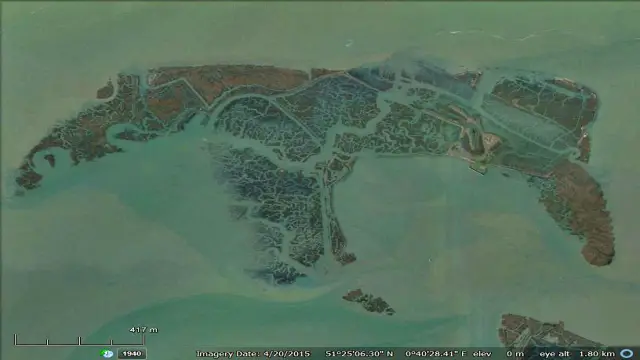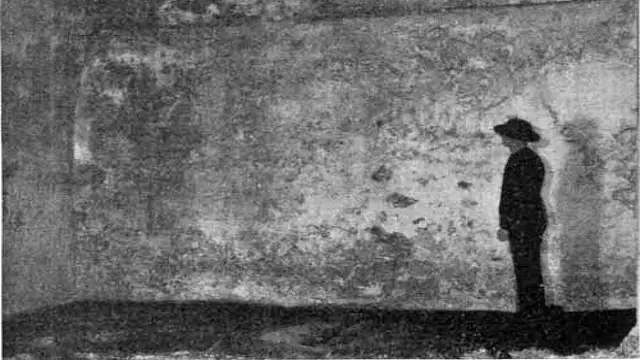The Name of an Woman Hollering Creek Reminds Us of Texas Legends
Woman Hollering Creek’s most well-known crossing is just east of San Antonio, Texas, at Randolph Air Force Base, where it runs south under Interstate Highway 10. According to some experts, the word “Woman Hollering” is a sloppy translation from Spanish.
The mythology of “La Llorona,” roughly translated as “the weeping lady” or “she who weeps,” is recounted to youngsters throughout Mexico and the Southwest United States. However, there would have to be some kind of misunderstanding to throw the Spanish meaning off “the sobbing lady” should be replaced with “the yelling/hollering woman” (la gritar).
The creek presently known as Woman Hollering Creek is referred to as the ‘Arroyo de la Llorona‘ on maps going back to the 1830s. The origin of the sobbing lady seems to be strengthened by this. John Troesser (2006) provides an excellent overview of the creek’s history, including various alternate names suggested by his website contributors.
The lady “hollering” was really a pioneer woman who went to the stream to fetch water or wash clothes and was assaulted by Indians, so she “hollered” or cried for aid, according to the ancient residents in the region of the creek.
Others claim that Lady Hollering Creek happened during the Republic of Texas (early 1800s), when a woman from a nearby hamlet was taken by Indians, likely Comanche. Her husband and other men from the colony chased the Indians, but they were outmanned and were unable to save her. On the banks of the stream, she was raped, tortured, and killed.
Her screams were heard by the husband and his companions, but they were unable to save her. Regardless, the stream presently known as “Woman Hollering Creek” was known as “Woman Hollering Creek” on ancient Republic-period maps “Arroyo de la Llorona is a tributary of the Llorona River.
Another legend is that a lady came to the stream to fetch water one day and noticed some oncoming Indians, so she started shrieking a warning, earning the creek the moniker Woman Hollering Creek. Perhaps one of her children slipped into the stream, screaming for rescue once again.
According to the Wikipedia Online Encyclopedia, a pregnant woman drowns her newborn in a river because the child’s father either does not want it or marries another woman. The woman then screams in agony as she realises she has drowned her child. Her spirit would then haunt the site of her drowning and wail in agony after she died.
The passionate cries of the lady, as well as occasional glimpses of the restless woman’s soul, may still be heard on occasion, regardless of the actual cause.
More recently (2001-2002), the Texas Bigfoot Research Center (TBRC) hypothesised that screaming noises near the creek may be the result of a Bigfoot-like creature associated to the Legend of the Converse Werewolf, which happened in Bexar County in the mid 1800s. Converse is a small community at Randolph Air Force Base that is located by a stream. Of course, this is a different tale, and I won’t get into it in this article. But if you want to see nine-foot wolf/gorilla-like animals consume a hunter, go ahead. More research is required, according to the TBRC.
Others have proposed a more uncomfortable English translation of “la llorona,” such as (the moaning woman). “A mujer de gimiendo” is an accurate translation of the groaning lady. This interpretation may be the most accurate, as the word “moaning” might be used to describe anything from sobbing to hollering/yelling in the origin legends. As a result, I recommend that the English translation be changed to “Woman Moaning Creek.”
Visit to learn more about Woman Hollering Creek and many other unusually named features in Texas. As a side note, I would have to disagree with the Spanish translations above. La Llorona refers to sobbing (llorar) or weeping, not moaning or wailing. La gemida is the noun for “the moaning woman.” Alternatively, I could say: La vie. I saw her, Ella gema.
She was wailing and groaning. To convey a sincere lament or cry, I would use gemir. In these tales, a lady is either sobbing (llorar) or yelling (gritar) for aid or agony. However, I agree that the translation from La Llorona to the Weeping Woman is inaccurate. But there’s most likely a tale there as well. Isn’t that a little ‘Texas’? Hollerin(g). In the end, it seems to be more vibrant and appropriate.




















